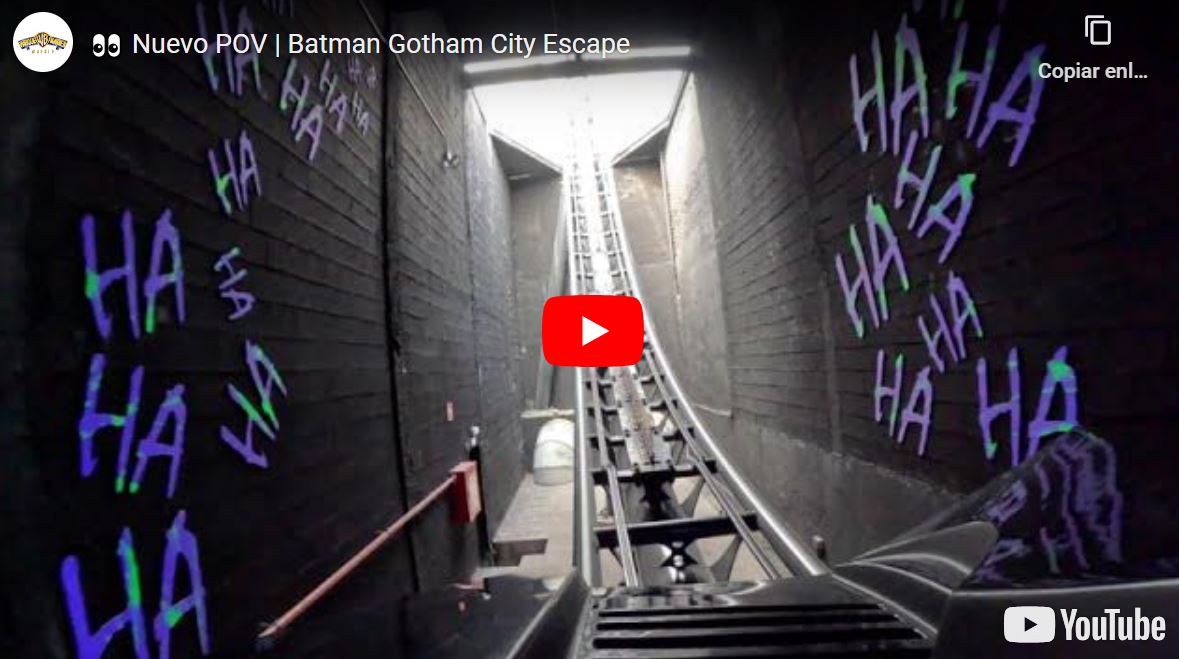
Enrique Alonso: “The role of zoos in conservation is essential”
Find out how to enable YouTube subtitles here
BEYOND LEGISLATION
The 2003 law for the conservation wildlife in zoos defines these spaces as “public or private facilities with a continuing nature that, regardless of the days when they are open, keep live animal for exhibition”.
Yet, zoos have learned to adapt to the circumstances and show a strong committment to protect biodiversity that goes beyond its original meaning. “At the moment there are aspects of conservation where zoos’ role, which is legally subordinate and complementary to their role in in situ conservation, is essential.”
Enrique Alonso, permanent Member of Spanish State Council; UNESCO Chair on Spatial Design and the Environment; Honorary Researcher at the Franklin-UAH Institute and the Monterey International Institute of California; (currently Middlebury Institute of International Studies at Monterey) assures that, without zoos, it would be impossible to avoid the loss of species whose population has been highly diminished, to the point that the genetic pool in different individuals is similar or identical, that most or all their habitat is threatened, or that the majority of individuals have disappeared.
This new role entails, among other things, the active participation of zoos involved in specific coservation programs, among which we can point out the research -established in 1992 by te UN Biological Diversity Convention- through projects such as the Giant panda behaviour and reproduction research program led by the Zoo Aquarium de Madrid.
This sort of research, states Enrique Alonso, goes beyond the upkeeping of the animals’ wellbeing at the zoos, and is ket to professionals studying the same species in their natural habitats. Other relevant examples carried out also in Europe that must be pointed our are the efforts made at the Prague Zoo that prevented the ultimate loss of the Przewalski horse and allowed its reintroduction in Mongolia, and the work at the Jersey Zoo, which enabled the rescue of the Majorcan midwife toad (Alytes muletensis) from extinction.
SPECIES’ CONSERVATION
The most important part is that zoos devote part of their revenues to restoring and preventing the loss of biodiversity in the contries of origin, even if they don’t participate directly in the ex situ related project at home. This practice is more common in American zoos, among which we can mention the collaboration between the Franklin-UAH Intitute on the conservation program for the lemur of Madagascar at the Duke University Lemur Center (North Carolina).
As a matter of fact, this is the reason why there is a tendency toward encouraging new zoos to house mainly -and sometimes exclusively- threatened species from the surrounding ecosystems. Another example is where the Franklin-UAH Institute was also involved in collaboration with the Monterey International Institute of California, is the Monterey Bay Aquarium project to protect and reintroduce the Californian sea otter. (Enhydra lutris nereis).
Alongside management or research, Alonso points out the importance of setting aside resources to foster network collaborations through international focus groups that can create workshops and produce data regarding the different genetic pools keep at different zoos.
“There are already referencial forums working well on this, and Spanish zoos are ready to enter the scene. We are quite well regarded in terms of animal wellbeing and scientific standards.…”
From a social point of view, Enrique Alonso reminds us that a zoo serves as an educational and awareness-raising channel. “If a zoo can manage to combine the entertainment component with the education message, it’s role in our society becomes essential”, he concludes.
EXPERTS’ FOCUS GROUP ON BIODIVERSITY
Enrique Alonso is a member of the Experts’ Focus Group on Biodiversity launched by the Parques Reunidos Foundation, a multidisciplinary team working of promoting the collaboration between all different institutions involved in biodiversity conservation. This Group is also formed by:
- Alberto Díez, InfoZoos spokesperson;
- Pablo Fernández de Larrinoa, Director of the Fundación CBD-Hábitat Mediterranean Monk Seal Conservation Program;
- Jesús Fernández, President of the Parques Reunidos Foundation;
- Luis Mariano González, head of Conservation Action at the General Sub-directorate on Biodiversity and Natural Environment, Ministry for Ecological Transition;
- Pedro Lorenzo, Dean of the Veterinary Science School, Universidad Complutense de Madrid;
- Xavier Manteca, Professor, Animal and Food Science Department, School of Veterinary Science of the Universidad Autónoma de Barcelona, and the group’s moderator;
- Odile Rodríguez de la Fuente, directora general y vicepresidenta de la Fundación Félix Rodríguez de la Fuente;
- Julián Santiago, General Director and President of the Fundación Félix Rodríguez de la Fuente;
- Andrea Torres, biologist InfoZoos;
- Felipe Vilas, President of the Madrid Official College of Veterinarians.
Summary video from the first Experts’ Focus Group meeting
Recent entries
-
“Batman Gotham City Escape”: This Year’s Next Big Thing and the Star of the Summer in Madrid

-
Delivering memorable experiences to future generations: Sustainability at Parques Reunidos

-
Our German parks’ initiative to support Special Olympic World Games 2023

-
New roller coaster ‘Storm’ becomes TusenFryd Park’s latest addition


